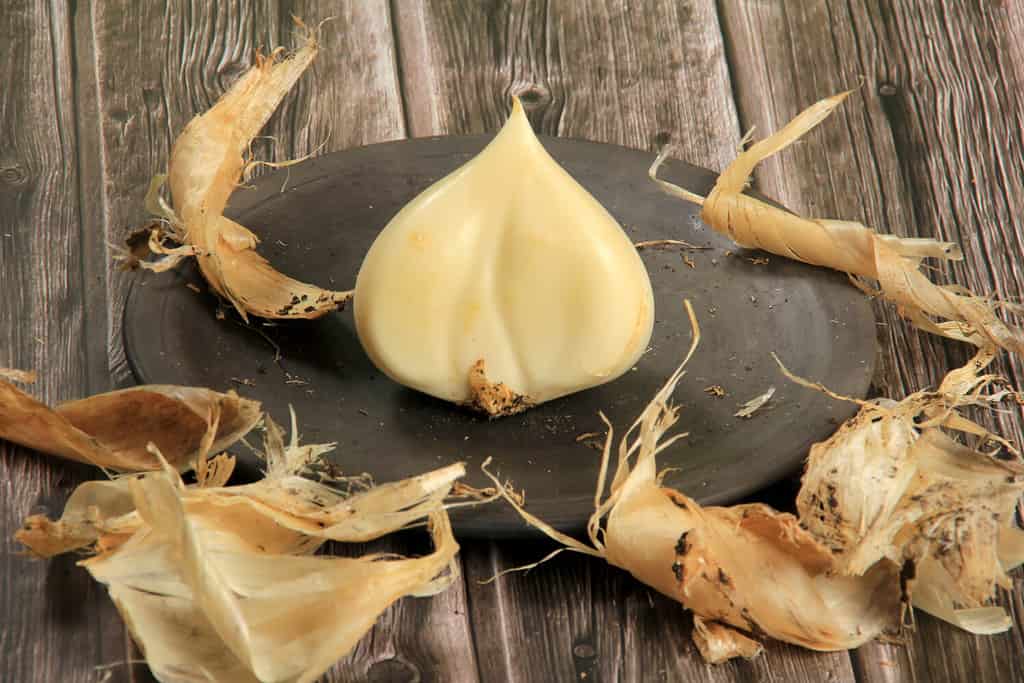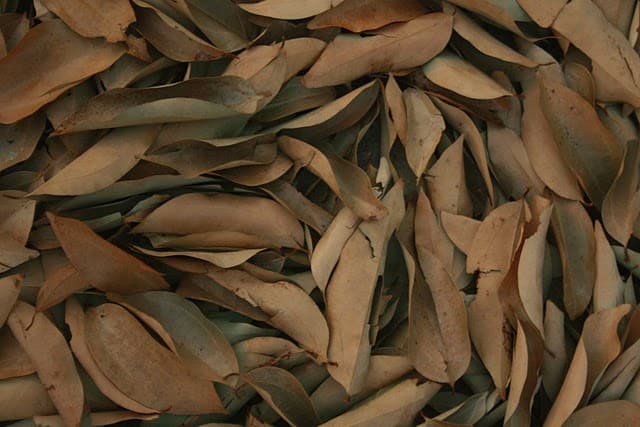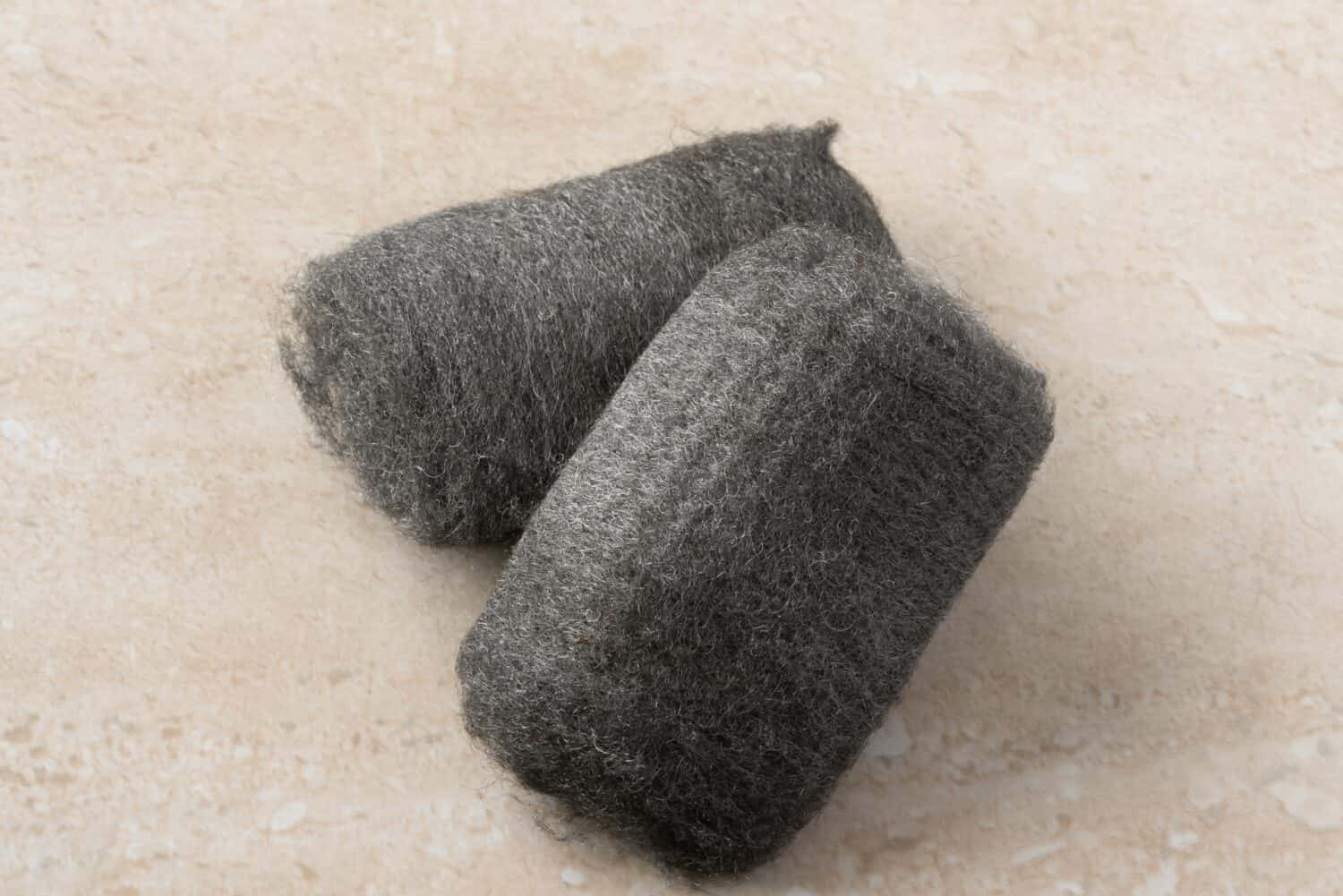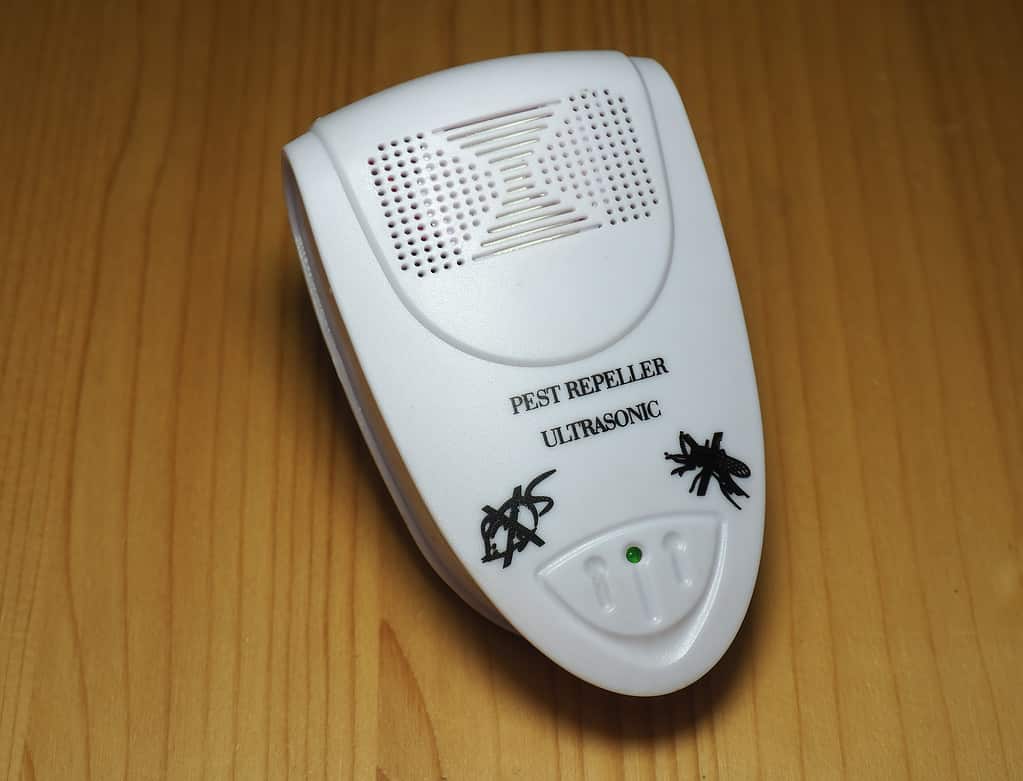No one wants to wake up to find a mouse scurrying across their floor. Dealing with rodents in your home is frustrating and unsanitary. While commercial rodent repellents are available, they contain harmful chemicals that many homeowners don’t want in their living spaces. However, natural and DIY alternatives can keep rodents away just as well. Explore 10 natural DIY rodent repellents to use around your home. They promote a safer and more eco-friendly environment for you and your family.
1. Peppermint Oil
Peppermint oil offers a win-win situation for homeowners. It smells great, but it is also a potent rodent deterrent. Its strong aroma effectively keeps unwanted pests away from your home, including insects and mammals. Rodents rely on their sense of smell to communicate. And they will often leave areas with an overpowering scent.
Materials you will need:
- Peppermint essential oil
- Cotton balls
- Small containers *optional
Steps:
- Opt for 100% pure peppermint essential oil for the strongest scent. Pour a few drops onto cotton balls. You do not need to saturate them, and a few drops are more than enough.
- Place the peppermint-soaked cotton balls in areas where you suspect rodent activity. Focus on entry points, gaps, windows, and doors. Also, place some cotton balls in areas where rodents may hide, like dark corners, crawl spaces, and cabinets.
- Remember to replace the cotton balls frequently to maintain their effectiveness. Aim to replace your cotton balls every two weeks or when you notice the scent diminishing.
Precautions: Peppermint oil is safe for humans. However, keep it out of reach of pets. Excessive exposure irritates their sensitive noses. Additionally, place your soaked cotton balls inside plastic containers with a few holes to further protect your furry family members.

Peppermint oil repels insects with its strong scent.
©Tatevosian Yana/Shutterstock.com
2. Cayenne Pepper
Venture into your pantry for this DIY rodent repellent. A staple ingredient in many cuisines, cayenne pepper is also a natural deterrent. The fiery pieces create an unbearable environment for rodents and other pests. It contains capsaicin, the compound that makes it spicy, which causes a burning sensation in rodents’ mouths and nasal passages,
Materials you will need:
- Cayenne pepper powder or red pepper flakes
Steps:
- Identify areas in your home where rodents enter, or you suspect activity. Pay special attention to areas where you have seen droppings.
- Sprinkle cayenne pepper powder or red pepper flakes generously in the identified areas. Also, pay attention to cracks, crevices, and holes.
- Reapply as needed. Cayenne pepper can blow away as it settles and lose its effectiveness.
Precautions: Cayenne pepper can irritate if not handled with care. Avoid contact with your eyes, nose, or mouth, and wash your handles after applying it. Additionally, it loses its effectiveness when it is wet. Lastly, keep out of reach of children and pets.

Cayenne pepper adds a spicy kick to dishes and can boost metabolism.
©Thanatip S./Shutterstock.com
3. Vinegar
Vinegar is another strong-smelling, natural repellent. This common household item deters rodents and other pests with its smell, disrupting their ability to communicate. It also doubles as a natural cleaning agent, stain remover, and laundry booster.
Materials you will need:
- White vinegar
- Water
- Spray bottle
Steps:
- Mix equal parts vinegar and water, and pour the mixture into a spray bottle. For a stronger solution, use undiluted vinegar, but be prepared for a very potent smell.
- Determine the areas of your home where there is rodent activity.
- Spray the vinegar solution into the identified areas. Pay attention to cracks, holes, and gaps, especially around windows and doors. Cover all areas thoroughly.
- Reapply as needed, especially in areas exposed to air circulation, like open doors, windows, vents, or fans.

Vinegar serves as a versatile cleaner and stain remover.
©focal point/Shutterstock.com
4. Mothballs
Mothballs conjure images of Grandma’s attic. Primarily used to protect clothing from moths, mothballs also deter other pests, including rodents. Mice and rats find their strong and lingering odor unpleasant. Mothballs contain naphthalene and paradichlorobenzene that emit a strong smell.
Materials you will need:
- Mothballs
Steps:
- Start by determining areas in your home that you want to protect from rodent activity. It is best to focus on entry points, potential nesting areas, and areas you have noticed activity.
- Place the mothballs in these areas. You can also put the mothballs inside containers with small holes or mesh fabric to prevent direct contact with surfaces.
- Follow the manufacturer’s instructions for the best timeline for replacing the mothballs to remain effective.
Precautions: Mothballs have health and safety concerns. They are toxic to humans and animals if ingested, inhaled, or absorbed through the skin. Always place them out of reach of children and pets and use them sparingly.

Mothballs deter insects and pests in closets.
©Bowonpat Sakaew/Shutterstock.com
5. Lemongrass
Gardeners and chefs alike value lemongrass. Gardeners love it for its ability to repel landscape pests, while chefs celebrate its culinary uses. However, as a homeowner, you should be celebrating the herb for its refreshing citrusy scent that also serves as an effective rodent repellent.
Materials you will need:
- Lemongrass plants or lemongrass essential oil
Steps:
- Lemongrass plants and lemongrass essential oil are both effective rodent deterrents. Choose depending on your preference and availability.
- Next, determine the areas of your home with rodent activity.
- Plant lemongrass around the perimeter of your home. It also thrives indoors in pots, making it suitable for placement near doors and windows.
- If you opt for lemongrass essential oil, dilute a few drops in water and apply the mixture to your identified areas. Additionally, ensure a light and even coating, focusing on entry points.

Lemongrass is a fragrant herb commonly used in Asian cuisine.
©NIKCOA/Shutterstock.com
6. Onion and Garlic
Onion and garlic follow the theme of most natural DIY rodent repellents–they smell. They are not just staples in your kitchen; they also possess strong odors that create a natural barrier against rodents and other pests.
Materials you will need:
- Onions
- Garlic cloves
- Cutting board
- Sharp knife
Steps:
- First, peel and chop the onions and garlic cloves into small pieces. You can also crush them for an even stronger scent.
- Determine the areas where rodents enter.
- Sprinkle or place the chopped onion and garlic pieces in your identified areas. You can also scatter the pieces around the perimeter of your garden if you suspect outdoor rodent activity.
- Replace the chopped pieces every few days, especially if you notice the smell fading.

Onion and garlic enhance the flavor of many recipes but also deter pests.
©SHARKY PHOTOGRAPHY/Shutterstock.com
7. Catnip
Famous for its psychedelic effects on cats, catnip is also an effective rodent deterrent. It is an aromatic herb that belongs to the mint family. It also emits a strong scent that rodents and other pests find unpleasant.
Materials you will need:
- Dried catnip leaves or fresh catnip plants
Steps:
- Purchase dried catnip leaves from a pet store or online. Alternatively, you can grow a fresh catnip plant indoors so that you can use the leaves directly.
- Next, determine where you have noticed rodent activity.
- Scatter the dried leaves or place the fresh potted catnip plants in your identified areas. You can also create sachets with the dried leaves and place them strategically throughout your home.
- Replace the dried leaves every few weeks to maintain effectiveness.

Catnip can elicit exciting or relaxing reactions in some cats.
©Anna Gratys/Shutterstock.com
8. Bay Leaves
Another common kitchen spice with rodent-repelling properties, bay leaves do more than just add delicious flavor to culinary dishes. They also repel rodents and other pests like roaches thanks to their strong and aromatic scent.
Materials you will need:
- Dried bay leaves
Steps:
- Purchase dried bay leaves from your local store and determine where you have seen potential rodent activity.
- Scatter the dried bay leaves in these areas. You can also tuck them into holes, cracks, and crevices to prevent rodents from accessing your home.
- Replace the bay leaves every two weeks to maintain effectiveness.

Bay leaves not only enhance the flavor of soups and stews but also have natural insect-repelling properties.
©Sagar.kolte, CC BY-SA 3.0 , via Wikimedia Commons – Original / License
9. Steel Wool
Blocking rodent access is easier said than done. Rodents can squeeze into surprisingly tight spaces–enter steel wool. This time-tested and highly effective natural deterrent blocks entry into your home. Unlike the other deterrents that rely on scent, steel wool physically prevents rodents from accessing your living space.
Rodents have strong teeth that can chew through many materials. However, they cannot chew through steel wool. The fine and abrasive texture is extremely uncomfortable for rodents to chew or push through.
Materials you will need:
- Steel wool (fine or extra-fine grade)
- Gloves
- Scissors or wire cutters
Steps:
- Inspect your home for gaps, holes, and cracks that rodents may use to enter your home. Focus on your foundation, pipes, vents, doors, windows, and utility openings.
- Put gloves on to protect your hands while handling steel wool.
- Cut small pieces of steel wool and firmly stuff them into the entry points. Ensure that the steel wool is tightly packed to prevent rodent access.
- For larger openings, use multiple pieces of steel wool or combine it with another material like caulk or foam to create a secure seal.

Steel wool acts as a useful abrasive for cleaning and polishing.
©Michelle Lee Photography/Shutterstock.com
10. Ultrasonic Repellents
Ultrasonic repellents are innovative devices designed to keep rodents and pests away using high-frequency soundwaves that are inaudible to humans and most pets. These devices gained popularity as a non-toxic, eco-friendly repellent. However, effectiveness varies depending on factors like rodent type and infestation level.
They also have limitations regarding range. For larger spaces, you need to use multiple ultrasonic devices to cover the area effectively. Furthermore, there is some scientific evidence that rodents adapt and become used to the sound over time. Most experts recommend using the devices as preventative measures coupled with other repellent methods.

Ultrasonic repellents emit high-frequency sounds to deter pests.
©GS23/Shutterstock.com
Rodent-Free Tips and Tricks
Create an environment that is less appealing to rodents and minimize your risk by incorporating a few simple tips and tricks into your home maintenance routine.
- Seal gaps: Inspect your home annually for gaps, cracks, and holes. Seal these entry points with steel wool, caulk, or foam.
- Clean: Rodents love food sources and clutter. Maintain a tidy home, and be sure to clean up spills and crumbs immediately.
- Store food properly: Store your dry goods, pet food, and other pantry items in sealed containers.
- Take out the trash: Dispose of your garbage regularly.
- Prune trees and shrubs: Keep your landscape vegetation trimmed and away from your home’s exterior to eliminate hiding spots.
- Elevate firewood: Store firewood away from your home on platforms off of the ground. This also works for gardening equipment and tools.
- Outdoor lighting: Install motion-activated lighting around your home’s exterior. Rodents are nocturnal.
Protecting your home from unwanted rodents is essential for your peace of mind and also for the safety and sanitation of your living space. Before resorting to chemicals or harmful traps, try harnessing the power of nature by trying out some DIY rodent-repellent solutions.
A combination of preventative measures yields the best results, and maintaining a clean living space, sealing entry points, and using DIY repellents are essential steps in your rodent control strategy.
Summary: 10 Natural DIY Rodent Repellents for Your Home
| Number | DIY Rodent Repellent |
|---|---|
| 1 | Peppermint Oil |
| 2 | Cayenne Pepper |
| 3 | Vinegar |
| 4 | Mothballs |
| 5 | Lemongrass |
| 6 | Onion and Garlic |
| 7 | Catnip |
| 8 | Bay Leaves |
| 9 | Steel Wool |
| 10 | Ultrasonic Repellents |
Thank you for reading! Have some feedback for us? Contact the AZ Animals editorial team.








